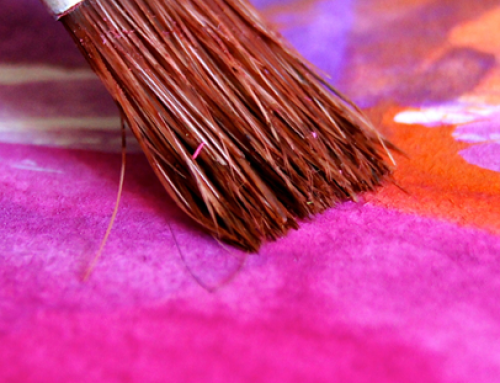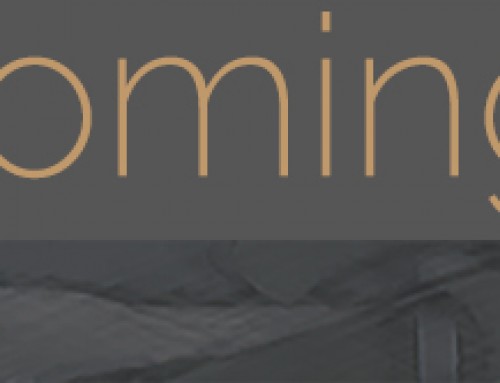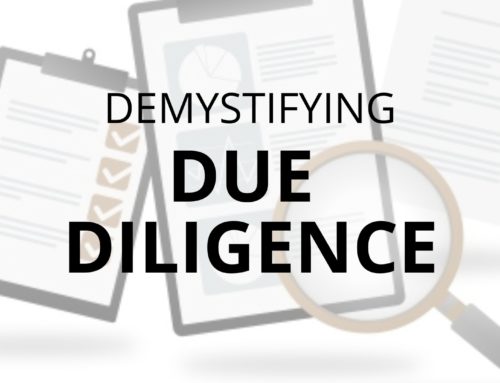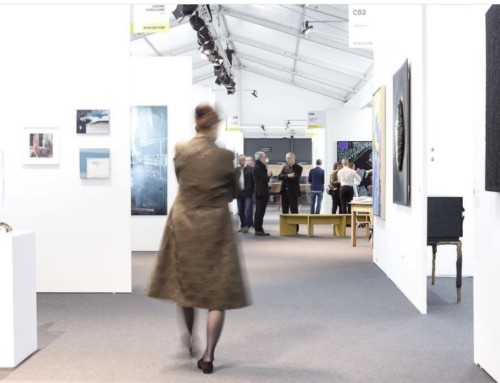
Rediscovering the Belgian art scene
Could Anvers, Belgium, be making a name for itself among the international contemporary art capitals? Often referred to as the little country of great collectors, Belgium has once again proved that it is just that. Maurice Verbaet began collecting in the early 70s and he has just inaugurated his personal museum in the heart of Anvers.

Jo Delahaut | Harmonie (1956) | a��c&mvC
Made to measure
The project, combining a gallery and art center at Anvers, has been in pipeline for many years. In 2011 things finally took off when the Anvers Water Society (AWW) left its headquarters and Verbaet moved in. The building dates back to 1965 and provides the perfect space for the project with 37,674ft2A�over 9 floors with a roof terrace with a 360A� view of the city. The inaugural exhibitions are dedicated to Belgian art a�?Connexions one, art belge entre 1945 et 1975a�? in the main museum and to French painterA�Pierre CA�lice(born 1932) in the gallery space on the ground floor. On September 17 Verbaet went on to announce future projects including the arrival of the Jean Rustin (1928-2011) Foundation to occupy the 8th floor as well as forthcoming events and film productions to take place at the museum.

Luc Peire | Aleksandre (1966) | a��c&mvC
Connexions one
The mvAca��s first exhibition a�?Connexions one, art belge entre 1945 et 1975a�? invites visitors to rediscover the often underrated art of post-war Belgium. Only a few artists from this period saw an international career: Pierre Alechinsky, Bram Bogart, Pol Bury, Reinhoud and Walter Leblanc for his activity with Group ZERO. But still quality artists, from Jo Delahaut, RenA� Guiette, Pierre Lahaut, Antoine Mortier, Luc Peire to Tapta, are oft-forgotten.

Pol Bury |A�Plan mobileA�(1953) |A�c&mvC
The coherence of the works on display and the intentions of the collector are impressive. We rediscover the Belgian art scene dating back to 1945 a�� Aleksandre (1966) by Luc Peire sits opposite Tapataa��s Mur (1973); Plans mobiles by Pol Bury (1953) are accompanied by a large-scale geometric oil painting by Marc Verstockt (Losange, 1965), Composition nA�2 by Paul Van Hoeydonck, presented at Expo 58 and the 1967 abstract nude Nu by Antoine Mortier in Chinese ink.

Bert De Leeuw |A�UntitledA�(1961) |A�c&mvC
Made in Belgium
Highlight a group of artists from Antwerp then formed the G58, which Walter Leblanc was one of the founding members.
When Belgium hosted the Universal and International Exhibition (Expo 58) in 1958, it led to intensified infrastructure work. In a defining moment, a group of artists formed the G58, with Walter Leblanc as a founding member. TheA�Palais des Beaux-ArtsA�de Bruxelles played a key role relaying private and public entities within the art word, notably hosting monographic exhibitions of major Belgian and international artists. In 1945 the Prix de la Jeune Peinture Belge was launched by historian Robert Delevoy, allowing Belgian artists international recognition. Former winners include Alechinsky, Berlinde De Bruyckere, Ann Veronica Janssens, Marie-Jo Lafontaine. Rebranded today as theA�Young Belgian Art Prize, the biennial award continues to support national creation. This demand for rediscovery of Belgian art is met by the efforts of Maurice Verbaet who has retained a rare energy for promoting the artists he loves and believes in.
For now, Anvers may still be known for its diamonds, but that might be about to change thanks to the ambitious collectors that are helping the city progress.




